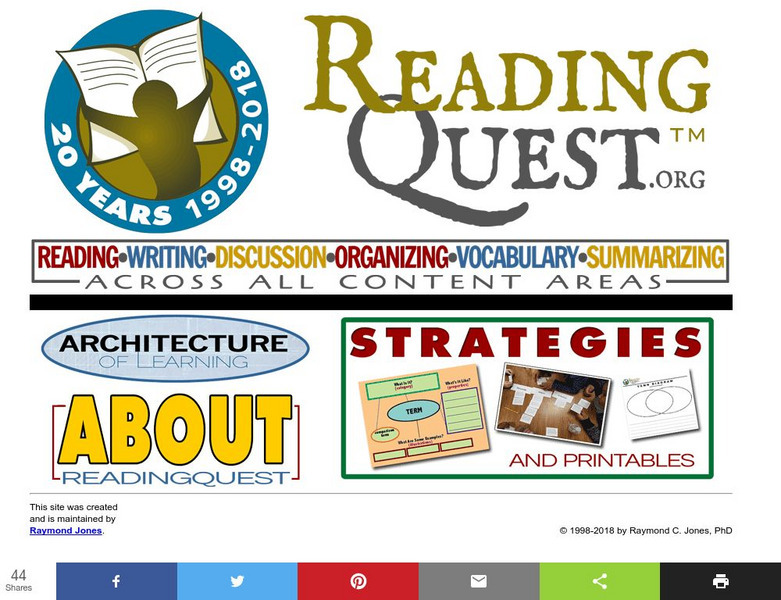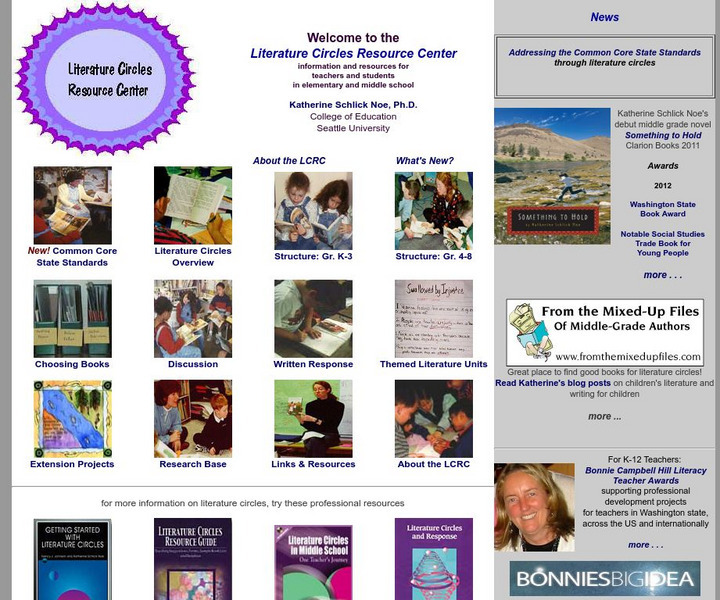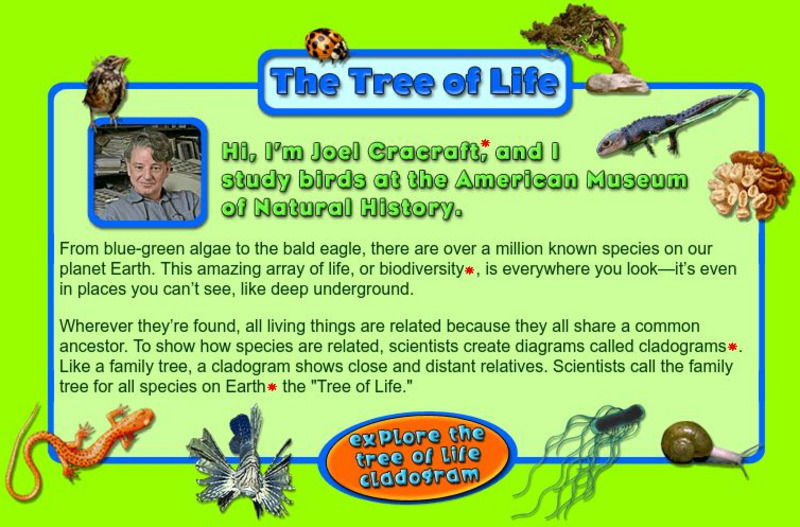Hi, what do you want to do?
Judicial Learning Center
Civil Rights and Equal Protection
Almost every American is familiar with the Supreme Court case of Brown vs. Board of Education. Far fewer understand the constitutional reasoning or the wide-ranging consequences of the ruling in the field of criminology. The interesting...
Judicial Learning Center
Your 4th Amendment Rights
Americans love to learn about their rights, especially those that protect them from the government's power to invade their privacy. Young people are especially engaged by this topic. An informative lesson explores four Supreme Court...
University of North Carolina
Summary: Using it Wisely
Sometimes summarizing keeps a writer from going deeper into their analysis—don't fall into that trap. Learn the difference between summarizing and analyzing using an insightful resource. Focusing on introductions, the lesson shares...
Judicial Learning Center
Your 1st Amendment Rights
Why should classes care about the First Amendment? An engaging lesson serves as a powerful tool for answering just that. As all four cases in the lesson relate directly to freedom of expression in schools, young scholars explore the...
Judicial Learning Center
The Ratification Debate
Most Americans profess their love for the US Constitution, but this was not always the case. An informative lesson overviews the debate between the Federalists and Anti-Federalists by summarizing the main arguments of each side. It...
PBS
Sherpas on Everest
Every successful climb of Mount Everest can be attributed to the assistance of the local Sherpas. A short, informative article explains the history behind the Sherpa's involvement in Mount Everest expeditions, the physiological reasons...
University of North Carolina
Argument
What elements make up a successful argument? A helpful resource describes aspects of an argument such as the claim, evidence, counterargument, and audience. Perfect as an individual assignment for a flipped lesson or collaborative work,...
University of North Carolina
Sciences
Science writing follows many of the same principles as writing in language arts, but some structural details differ. Individuals read an online science handout that covers how to write with precision, choose appropriate details, and use...
E Reading Worksheets
E Reading Worksheets: Summarizing Worksheets and Activities
In this instructional resource, students will learn more about summarizing texts. Worksheets and PowerPoint lessons are provided to reinforce understanding about ways to summarize nonfiction texts and to identify main ideas. This module...
Other
Reading Quest: Making Sense of Social Studies
Teaching students to read well in areas other than language arts requires teaching and reinforcing the kinds of reading strategies taught here. There are 27 strategies, ranging from brainstorming to word mapping. The site includes PDF...
Other
Literature Circles: Lesson Plans and More
What are the major roles in literature circles? Check out this site to learn more about the individual roles needed to form a literature circle. Includes links to various reading handouts and lessons.
Other
Wisconsin Educational Communication Board: Into the Book
This series of videos and interactive activities provide an excellent set of resources for teaching or learning the 8 research based reading strategies provided here. After receiving your "key" you can investigate the features inside and...
PBS
Pbs Learning Media: The Fourteenth Amendment Part Ii
In this video segment from The Supreme Court, learn about the 1883 Supreme Court decision that marked the end of federal protections for individuals in states and the beginning of Jim Crow segregation.
PBS
Pbs Learning Media: Squirrel Rehabilitation
This video segment from WILD TV features a family that rescues and releases squirrels to their natural habitat. [4:44]
Other
Seattle University: Literature Circles Resource Center
How can you get started with literature circles in your classroom? This site provides information on every aspect of developing your own literature circle instruction.
American Museum of Natural History
American Museum of Natural History: O Logy: The Tree of Life
Learn about the diversity of species on Earth by exploring a cladogram, a graph-like tree of life that illustrates relatedness among species. Includes instructions for reading cladograms and a pie chart that summarizes the percentages of...
Other
Applied Media Aesthetics Multimedia
This is a weekly blog kept by a student to explain what was being studied in a course on applied media aesthetics, the focus of Herbert Zettl's book "Sight Sound Motion." The student discusses and summarizes Zettl's ideas from various...
Nobel Media AB
The Nobel Prize: The Nobel Prize in Literature 1907
At this website from the Nobel eMuseum, you can read a biography of Rudyard Kipling, which summarizes Kipling's life, education, and published works. In additon, the Presentation Speech given by C.D. af Wirsen provides a detailed...
Scholastic
Scholastic Instructor: Poetry Workshop
This site features information on a poetry workshop where students learn to "grow their poetry." The ideas are well summarized and easy to follow.
Information Fluency
Imsa 21 Cif Portal: Searching for Non Html Formats?
Micro-Module provides instruction on searching documents in non-HTML formats. Find out about specilized search engines for alternate file formats. Also contains godd charts summarizing file extensions of alternate formats. Following the...
Smithsonian Institution
National Portrait Gallery: The Mask of Lincoln: Jefferson Davis
Link to a photographic portrait of Jefferson Davis and read the accompanying caption, which neatly summarizes Davis?s political career as president of the Confederacy and his role as Lincoln?s opposite.





















